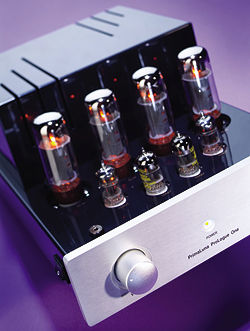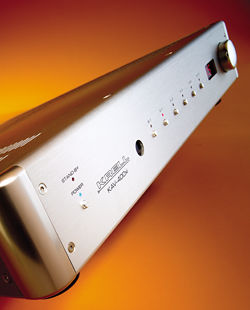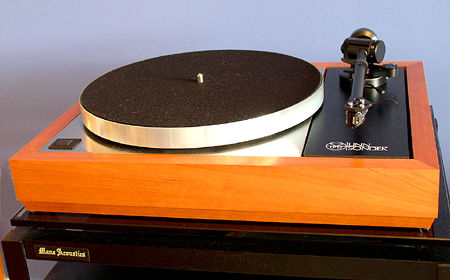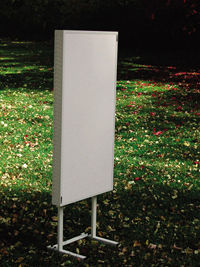Prima Luna Prologue One integrated amplifier
My first reaction to the Prima Luna Prologue One was based solely on looks: For $1095, I might not have been disappointed had it sounded no better than a Bose Wave Radio. Its casework straddles the breach between vintage and modern in a way that little else does, at any price. The dark gray-blue finish, hand-rubbed to a tactile gloss, wouldn't look out of place on an Alfa GTV (the new one, which resembles a drop of oil). And for the first time in my experience, a high-end audio manufacturer has figured out a way to make a protective tube cage easy to remove and replace: with banana plugs and sockets. Why couldn't one of the high-price American brands have figured that out?




